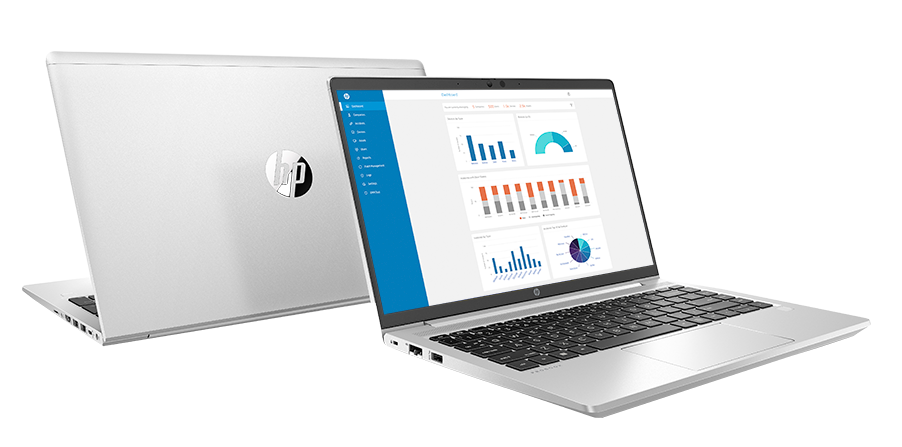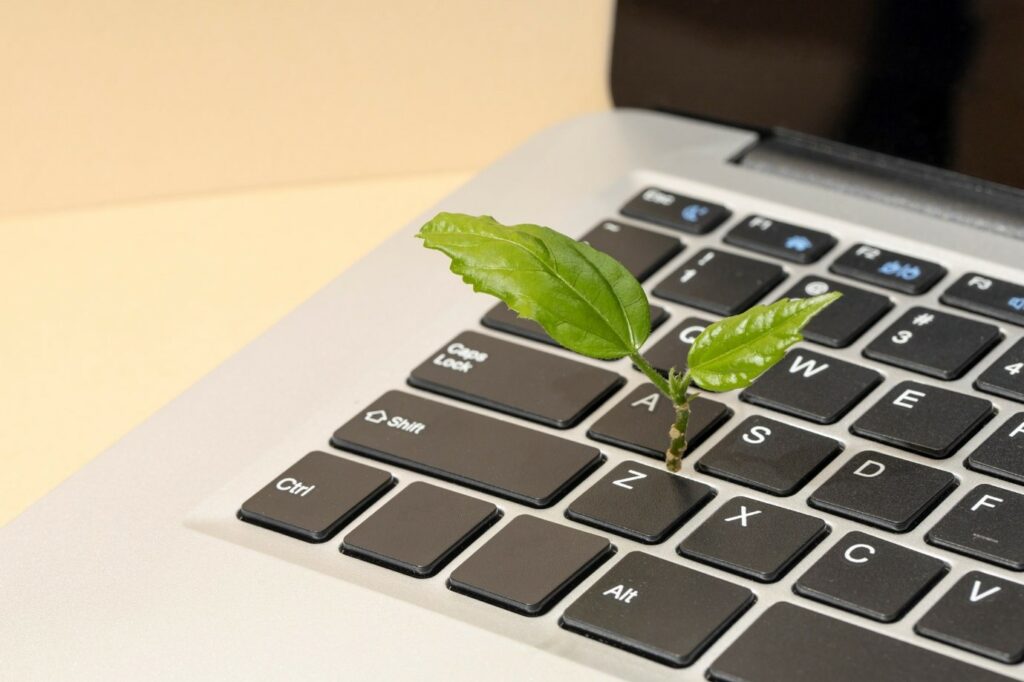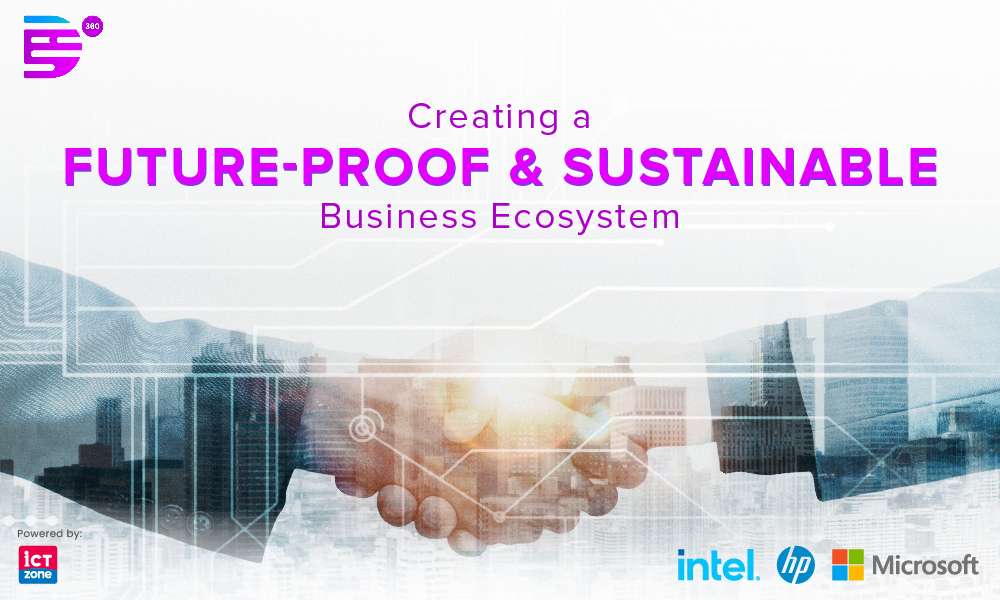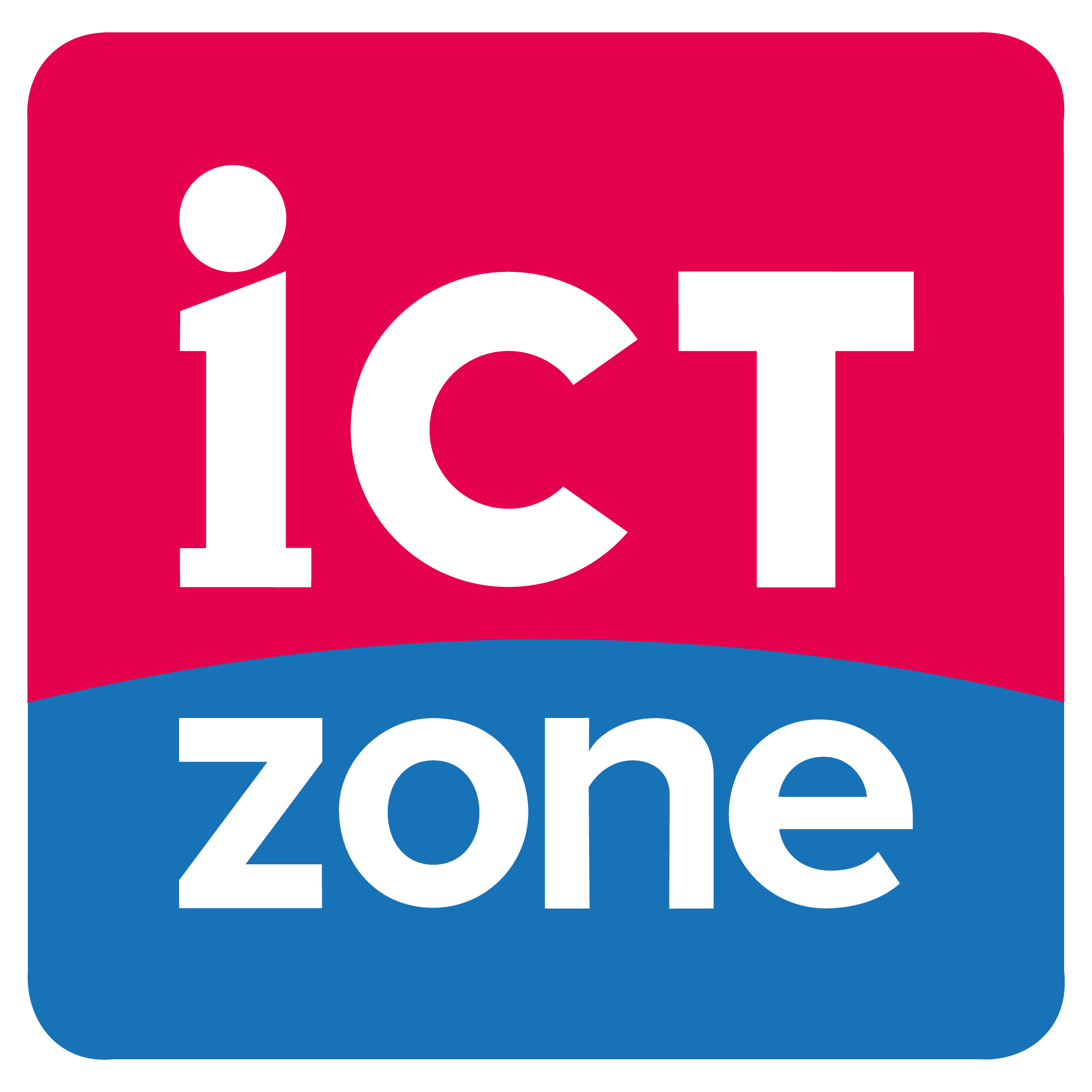
What is circular economy? Perhaps, you’ve heard this term before, or maybe you’ve seen it when scrolling through the internet or social media feeds. Have you found yourself wondering what exactly circular economy is?
Well, today’s your lucky day! Here, we’ll go through the fundamentals of circular economy, focusing on the need to incorporate circular economy in the Malaysian landscape. Without further ado, let’s get started!
What is Circular Economy?
The circular economy, also known as CE, is a model of production and consumption that enables long-term, sustainable growth. This model lowers raw material consumption to a minimum and optimises the resources used by keeping them in circulation for as long as possible.
The CE is a tremendously significant instrument in tackling the triple global crises of climate, biodiversity, and pollution. Waste and greenhouse gas emissions are effectively reduced by using, reusing, repairing, refurbishing, and recycling products at the end of their lives.
Circular Economy vs Linear Economy
Read More: Using Device Lifecycle Management for A Sustainable Business Ecosystem
In regards to Malaysia, the need for the CE speaks for itself. Due to the ever-increasing consumption of single-use plastics, Malaysia has become one of the top destinations for recycling plastic waste worldwide.
As such, Malaysia needs to transition towards a circular economy. To do so, immediate actions must be taken, such as improving resource efficiency, enhancing packaging designs, and upgrading recycling infrastructures.
While Malaysia has a lack of legislation on the model, there are certain sections and regulations encouraging resource circulation. For instance, the Environmental Quality Act 1974, Solid Waste and Public Cleansing Management Act 2007 and Environmental Quality (Scheduled Waste) Regulation 2005.
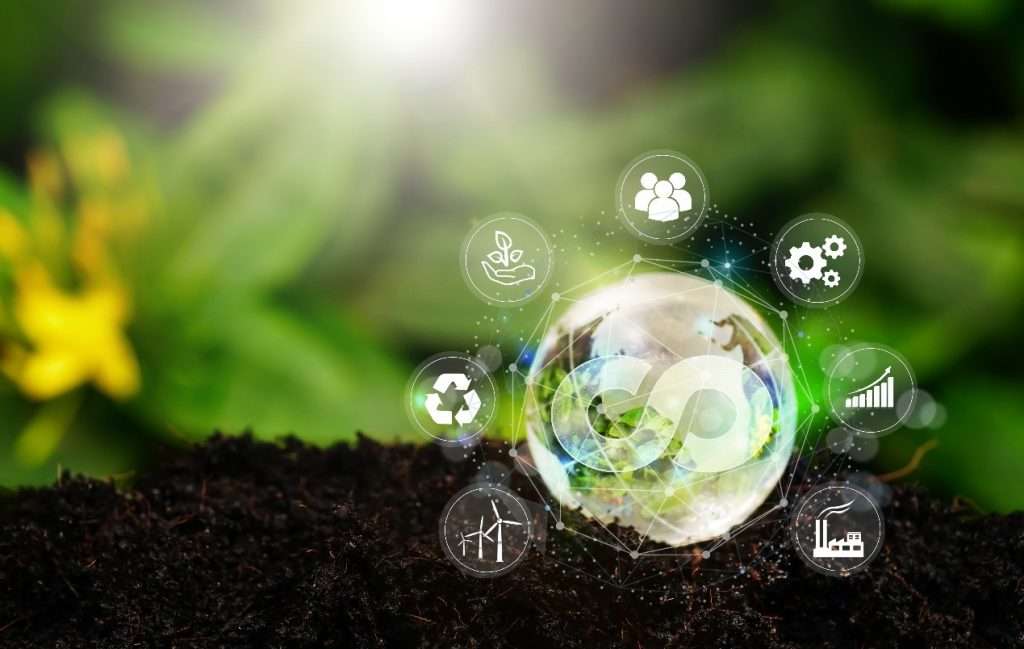
Principles of Circular Economy
Essentially, the circular economy’s main concern is to make the most of the resources available, extending the lifecycle of materials, products, and services. Therefore, the circular economy adopts the following main principles:
Reduce
Reduce entails changing consumption habits towards a more eco-effective and sustainable model. By reducing consumption, we prevent the use of resources and the generation of waste, minimising environmental impacts.
Reuse
Reuse enables you to be creative in repurposing products to extend their lifecycle. Most of the time, manufacturers design products in a way that only requires simple repair procedures.
Recycle
Recycle, or upcycle, plays a huge role in the circular economy as it interconnects environmental and social dimensions. This step converts ‘waste’ into reusable material, keeping the materials in use again.
Read More: Experience Excellent Device Monitoring with HP Proactive Insights (link to the ‘Experience Excellent Device Monitoring with HP Proactive Insights’ article)
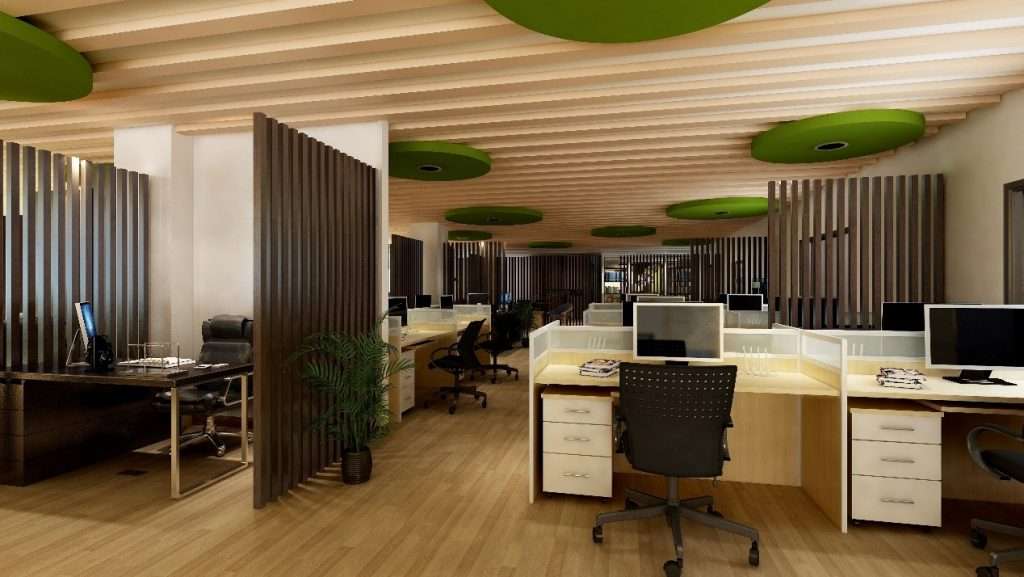
The Importance of Circular Economy for Digital Devices
The evolution of our digitally advanced world has revolutionised how we understand, think, and use digital devices. This innovation is vital in addressing climate goals locally and globally.
Assessing and Mitigating Environmental Impact
Applying a circular economy for digital devices helps one to be more aware of their environmental impact. To achieve net-zero emissions by 2050, significant improvements must be made regarding digital devices.
Promoting the Culture of Reuse and Repair
Circular economy fosters restorative cultures, prioritising reuse, repair, and eventually recycle, in the ongoing fight against climate crisis. This approach subverts our unsustainable ‘throwaway’ culture and extends the devices’ lifetime.
Stimulating the Development of Green Technology
Also known as green computing, this refers to using computers and other computing devices in an eco-effective manner. This also includes designing devices that require minimal repairs and have maximal durability.
Attaining Circular Economy with Daas 360
DaaS 360 enables you to effectively implement the principles of the circular economy throughout your device’s entire value chain.
Ensure Sustainable Consumption
DaaS 360 is about enhancing energy efficiency and providing a sustainable solution for the entire lifecycle of your end-user devices. From production to delivery, we ensure the best eco-friendly practices every step of the way.
Encourage Eco-Design
We embed environmental criteria of the highest standards for the design of each of our products. With sustainability in mind, DaaS 360 always strives to supply products with the lowest possible environmental impact.
Enhance Device Lifetime
Our dedicated team is always ready to help address any of your device problems. After all, DaaS 360 is designed to deliver improved productivity via enhanced performance, excellent security, and remote manageability.
DaaS 360 offers complete device lifecycle management in Malaysia. We provide an attractive 4-in-1 subscription model consisting of tech financing service, proactive & analytical service, remote managed service, and device recovery service.

